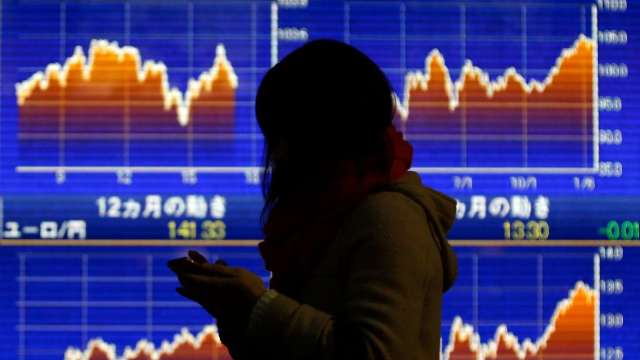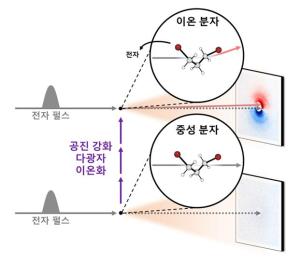A Reuters survey of bond strategists showed that U.S. Treasury yields will fluctuate around current levels in the next six months and then fall in the second half of the year, indicating that the market has fully digested the impact of the Federal Reserve’s interest rate cut.
Since hitting a high of 5.02% in October, the benchmark U.S. 10-Year Treasury Bond YieldIt has fallen more than 120 basis points, ending 2023 roughly where it started the year.
Bond bulls have priced in about 150 basis points of rate cuts this year after the Federal Reserve turned dovish and inflation slowed, pushing yields lower. Yields move inversely to prices.
The interest rate later returned to around 4%, up more than 20 basis points from the low of 3.78% in late December, as upcoming economic data showed that the United States was still growing at a healthy pace and did not require an immediate rate cut.
Interest rate futures are now pricing in a roughly two-thirds chance of a first rate cut in March, down from nearly 90% two weeks ago. The Fed’s own dot-plot forecast points to 75 basis points of rate cuts this year.
A Reuters survey of 62 bond strategists from January 5 to 10 found that the rebound in yields is expected to continue. 10-Year Treasury Bond YieldIt will rise about 10 basis points to 4.10% in 3 months; 15 basis points lower than the December survey.
Steven Major, global head of fixed income research at HSBC, said: “Our forecast is that yields will remain unchanged in the first three months; although this does sound boring, this is how bonds work.”
He added: “I feel very strongly that the next big move in yields will be lower and will occur in the second half of the year as the market needs to see actual actions from central banks rather than pure expectations.”
The survey found that indicators 10-Year Treasury Bond YieldIt is expected to fall to 3.93% by the end of June and then to 3.75% by the end of the year. The smaller sample of U.S. primary transaction banks forecast higher, at 4.00% and 3.88% respectively.
“You’re going to have a double peak,” said Guy LeBas, chief fixed income strategist at Janney Montgomery Scott. “One is a classic late-cycle recession, and the other is lower interest rates that boost productivity and lead to stronger economic growth.”
He added: “The midpoint between these two scenarios could lead to 10-Year Treasury Bond YieldIt will rise to around 4.70% at the end of 2024. ” This is the highest year-end forecast in the survey.
The 2-year Treasury yield, the most sensitive to interest rates, is currently about 4.35% and is expected to remain stable over the next three months before falling to 4.00% by the end of June and falling a further 50 basis points to 3.50% by the end of the year.
If realized, the 2-year period and 10-Year Treasury Bond YieldThe interest rate inversion between the two will disappear completely, with a positive interest rate differential of 25 basis points by the end of 2024. Negative interest rate differentials often signal an impending recession.
“As an indicator that was not helpful in predicting a recession last year, it may not be helpful this year,” said Shlok, chief economist at Apollo Global Management.
“Treasury inflows will put considerable upward pressure on long-term interest rates for reasons that have nothing to do with whether we are in recession,” he added, citing factors such as the U.S. budget deficit and the risk of a resurgence in inflation that could keep yields higher.
2024-01-10 12:01:04
#Reuters #survey #U.S #bond #yields #remained #flat #fell #Anue #JuhengU.S #Stock #Radar


